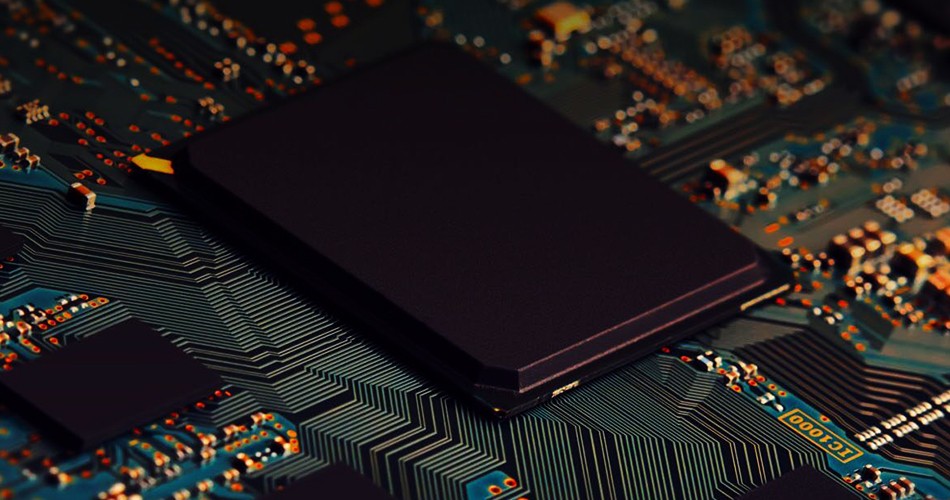- English
- Español
- Português
- русский
- Français
- 日本語
- Deutsch
- tiếng Việt
- Italiano
- Nederlands
- ภาษาไทย
- Polski
- 한국어
- Svenska
- magyar
- Malay
- বাংলা ভাষার
- Dansk
- Suomi
- हिन्दी
- Pilipino
- Türkçe
- Gaeilge
- العربية
- Indonesia
- Norsk
- تمل
- český
- ελληνικά
- український
- Javanese
- فارسی
- தமிழ்
- తెలుగు
- नेपाली
- Burmese
- български
- ລາວ
- Latine
- Қазақша
- Euskal
- Azərbaycan
- Slovenský jazyk
- Македонски
- Lietuvos
- Eesti Keel
- Română
- Slovenski
- मराठी
- Srpski језик
High-frequency circuit design in PCBA processing
High-frequency circuit design is a key area in PCBA processing, which involves the technology of stable and reliable transmission of signals and data in a high-frequency environment. This article will introduce the principles, challenges and applications of high-frequency circuit design in PCBA processing.

1. Principles of high-frequency circuit design
High-frequency circuit design refers to circuit design and wiring in a high-frequency range (usually more than 100MHz). High-frequency circuit design needs to consider the following aspects:
Signal transmission characteristics: In a high-frequency environment, the signal transmission in the circuit has a higher frequency and a shorter period, so it is necessary to consider the attenuation, reflection and delay of signal transmission.
Electromagnetic compatibility: High-frequency circuit design needs to consider electromagnetic interference and anti-interference capabilities to ensure the stability and reliability of signal transmission.
Impedance matching: Impedance matching in high-frequency circuits is very important. It is necessary to ensure that the impedance matching of each part of the circuit is good to reduce signal reflection and loss.
2. Challenges of high-frequency circuit design
Signal attenuation: High-frequency signals are prone to attenuation during transmission, and appropriate transmission line models and wiring methods need to be adopted to reduce attenuation losses.
Electromagnetic interference: High-frequency circuits are easily affected by external electromagnetic interference, and shielding measures and anti-interference design are needed to improve the anti-interference ability of the circuit.
Impedance matching: The impedance matching requirements in high-frequency circuits are very strict, and precise calculation and layout are required to ensure good impedance matching of each part.
3. Application of high-frequency circuit design
Communication equipment: High-frequency circuit design is widely used in communication equipment, such as wireless routers, base station equipment, etc., for signal transmission and processing.
Radar system: High-frequency circuit design in radar system is very important, used to receive and process radar signals, and realize target detection and tracking.
RF module: The high-frequency circuit design in the RF module is used for the transmission and reception of RF signals, such as mobile phone RF modules, wireless remote controls, etc.
4. Technical points of high-frequency circuit design
Select suitable devices: In high-frequency circuit design, high-performance RF devices and transmission line materials need to be selected to ensure the quality and stability of signal transmission.
Layout and shielding: The layout should be reasonable and compact to avoid signal line crossing and interference, and shielding measures should be taken to reduce the impact of external interference on the circuit.
Impedance matching: Ensure that the impedance matching of each part of the circuit is good, using impedance matching network and optimized layout.
Simulation and testing: Conduct electromagnetic simulation and actual testing to verify the performance and reliability of high-frequency circuit design and optimize the design scheme.
In summary, high-frequency circuit design plays an important role in PCBA processing. It needs to consider aspects such as signal transmission characteristics, electromagnetic compatibility and impedance matching. It is widely used in communication equipment, radar systems and RF modules. With the development of technology and the increase in demand, high-frequency circuit design will receive more and more attention and play a more important role in the electronics industry.
Send Inquiry
-
Delivery Service






-
Payment Options









